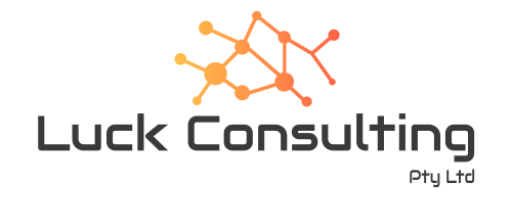I do not normally take to buzz words, hype and shiny new toys. These things usually annoy me.
I do however think there is something to Web 2.0. I don’t want to go into what is meant by that here. See Tim O’Reilly’s landmark essay for a definition. If you look at the technologies that go into it, most of them are late 90’s. While Tim provides a broad explanation of what Web 2.0 is, for my purposes I am interested in the following technologies:
- CSS, semantically valid XHTML markup, and Microformats
- Unobtrusive rich application techniques (such as Ajax)
- XUL
- SVG
- Flash Remoting
- Syndication of data in RSS/Atom
- Aggregation of RSS/Atom data
- Clean and meaningful URLs
- Weblog publishing
- REST or XML Webservice APIs
- Some social networking aspects
Some of the browser standards introduced in the late 90s are:
-
W3C Document Object Model (DOM) Level-1 Specification (October 1998)
-
W3C RDF Recommendation (February 22, 1999)
-
W3C CSS1 Recommendation (December 1996)
-
W3C HTML 4.0 Specification (April 24, 1998)
So why are we proclaiming Web 2.0 in 2005/6? The answer I think is two fold:
First, I feared but expected that with IE dominance, Microsoft would go on to define a Web 2.0 of its own; one that work with Windows. While they have played a major part in Web Services it is the community itself that created the new platform – just like Web 1.0. The Web 2.0 stack prefers open standards and standards based browsers. Firefox and Safari both led the charge with built-in RSS readers and concern for web standards. Microsoft’s dismantling of their IE team led to a period of stability where it was possible to build frameworks by working around limitations. Microsoft, very strangely in my experience, is paying some attention to web standards. A review of the IE blogs shows that there will be some movement toward greater CSS compliance, together with RSS support. IE7 is pretty much a catchup to Firefox/Safari for Microsoft.
Second, there is the network effect. Metcalfe’s law states that the total value of a good or service that possesses a network effect is roughly proportional to the square of the number of customers already owning that good or using that service. A mobile phone example of the power of this law can be found in SMS. All GSM phones have SMS. While the 3G bandwidth speculators bid up spectrum licenses to dizzy heights the Generation Xers and Ys stuck to texting. SMS was created in GSM Doc 28/85 rev2, June 1985. SMS was ubiquitous precisely because the standard was so old. New standards such as MMS are not supported on all phones. People stick to what they know will work.
So, standards are introduced in the late 90s; time ticks by; an installed base grows and becomes ubiquitous; some smart developers build to it. Voila! Web 2.0. Tim’s article partly defines Web 2.0 through exemplars. I think one of the best ways of web2ifying your mind is to configure netvibes as your home page. Netvibes is a great example of Web 2.0 in itself and lets you add portlets? widgets? Web 2.0 bits? from plenty of others.
I think what comes next is competitive advantage by being Web 2.0 compliant. A bit like when the web itself was new, and you were either on it or not. Back then there was a competitive advantage in going online. I think there is a window of opportunity right now to gain competitive advantage from Web 2.0.
(Attribution: Many of the links for this post were shamelessly lifted from Wikipedia)

Hi,
I have read your article about Web 2.0 and personalized start pages. Have you tried out http://www.pageflakes.com already? It’s similar to other start page services but offers additional unique features such as multiple pages. It’s free to use. Would be interesting to hear your feedback.
Cheers
Ole